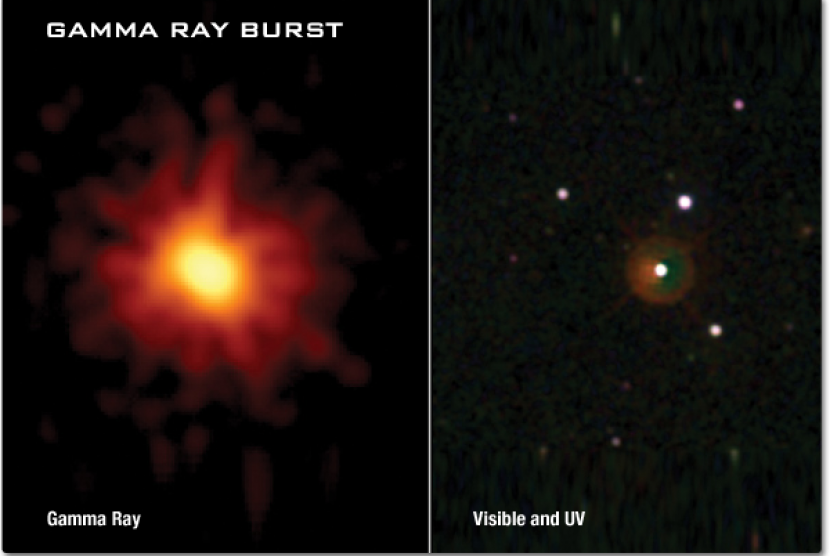Scientists detect long GRBs that occur for 50 seconds.
REPUBLIKA.CO.ID, JAKARTA — Scientists have traced the high-energy radiation from the collision of two neutron stars. This discovery could change theories about its origins more powerful explosion in the universe.
A powerful burst of energy called radiation long gamma-ray burst (GRB) or long GRB detected in December 2021 from a source 1.1 billion light years away. The explosion occurred for 50 seconds. This discovery prompted astrophysicists to look for low-energy flares.
Reported by SpaceThursday (8/12/2022), very bright but rapidly fading bursts of light from old GRB flashes often indicate a supernova. But in the case of this GRB, called GRB 211211A, the team found that the flash was followed by kilonovas.
A kilonova is a rare cosmic explosion thought to occur only when a neutron star, the dense remnant of an exploding star, merges with another (a neutron star or black hole).
The discovery of this chain of events could overturn existing theories. The theory states that long GRBs are created solely by the collapse of massive stars at the end of their nuclear fuel burning period. Because merging neutron stars is thought to forge the elements universe heavier metals, such as gold, the discovery could help reveal how and where the heavy metals were forged.
GRBs are considered to be the brightest and most energetic explosions in the universe. GRB is divided into two classes namely short and long GRB. Those that last less than two seconds are considered short GRBs, and those that last longer are classified as long GRBs.
Short GRBs have previously been associated with neutron star mergers. However, this merger has been ruled out as the origin of the long GRB. Scientists believe that the bursts of energy on each side of the two-second demarcation line must have a different origin.
The collapse of giant stars is thought to be the cause of long GRBs, as these massive stars can have the equivalent mass of dozens, if not hundreds, of suns.
As these stars consume fuel for nuclear fusion, the balance between outward pressure and gravitational pressure breaks down. This causes large amounts of this matter to enter the interior to create and fuel newborn black holes and explosive events that are characterized as supernovae.
The remaining material is captured by this black hole’s magnetic field and hurled into space at near-light speed, thereby driving the stretched GRB.


